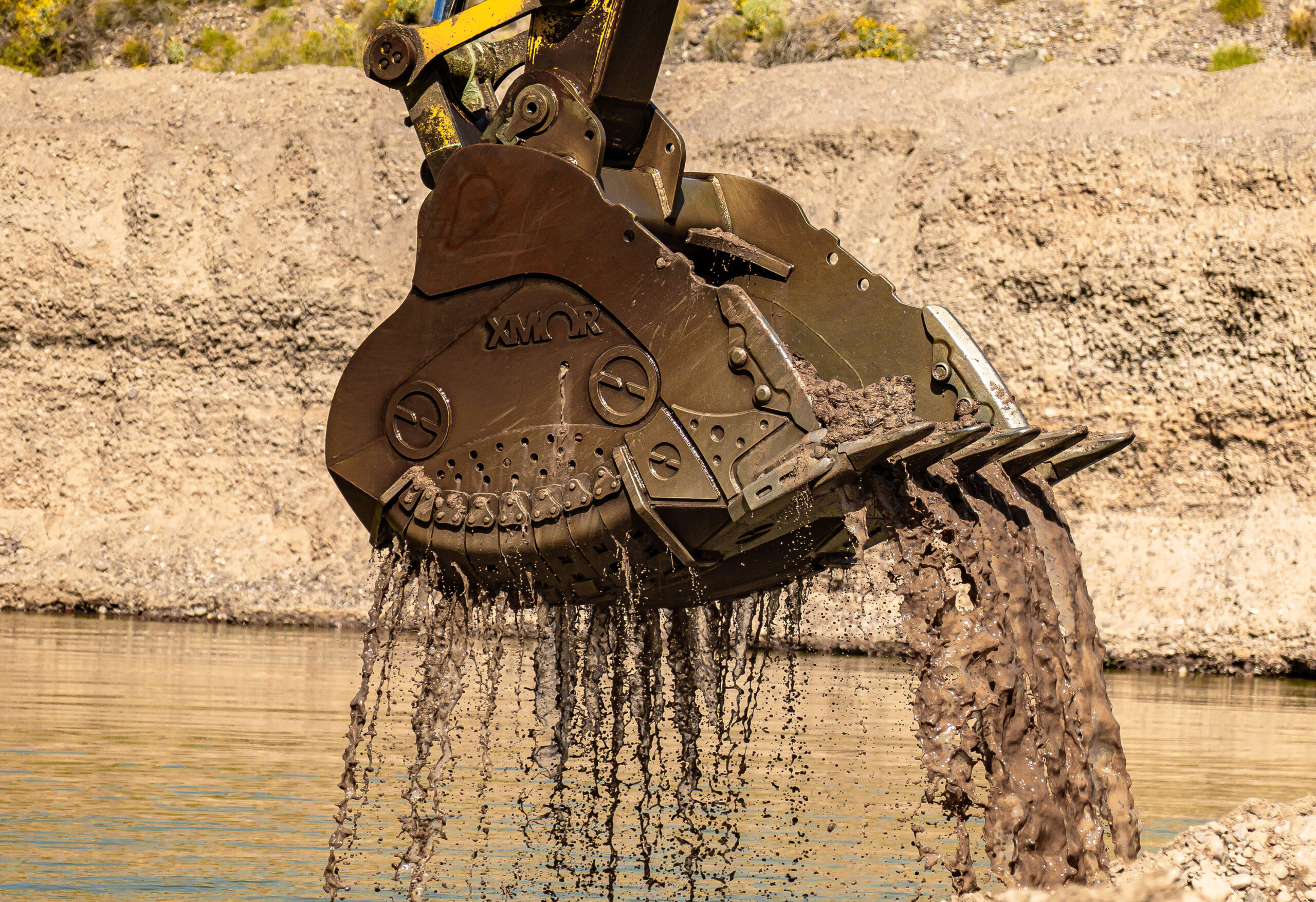Tips for Choosing the Right Bucket Teeth
By choosing the right bucket teeth you help decrease wear on both your teeth and bucket, allowing your equipment to work at its fullest potential. Overall, proper selection will extend wear life, reduce downtime, and ultimately save your company money: fewer parts with higher machine uptime!
Below, we take a look at the key factors that should help determine your purchase.
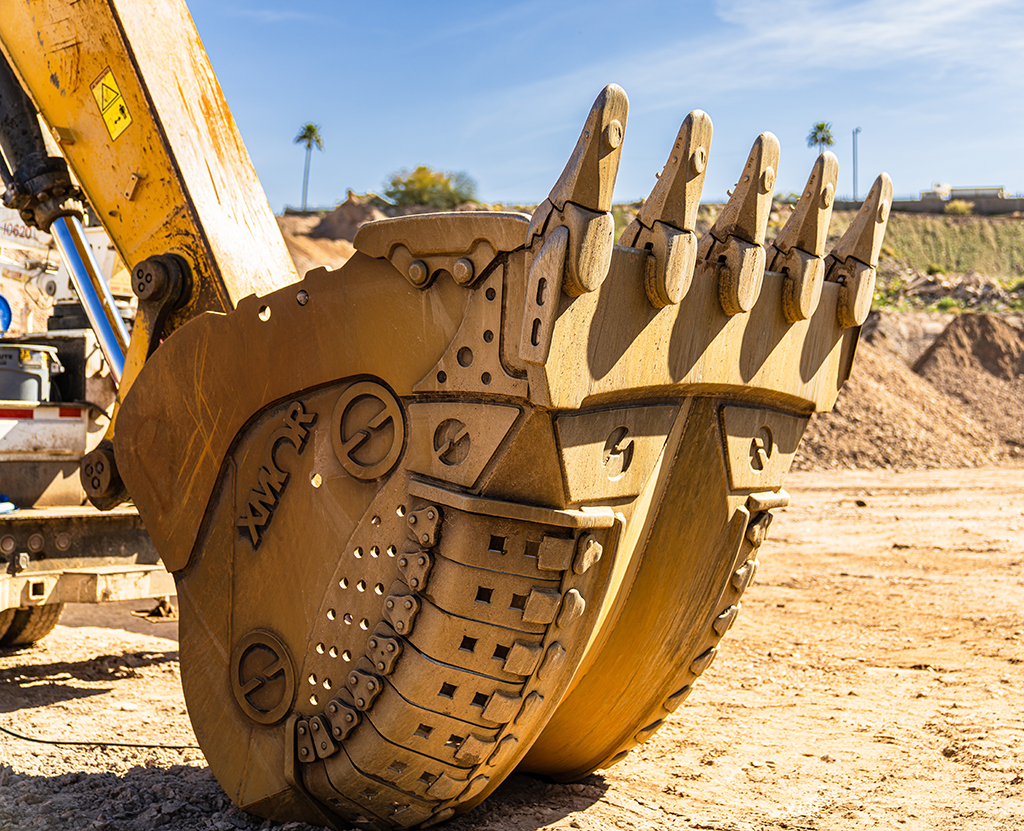
Machine Class: Determining the Tooth Size
The most obvious question to start with is “Will this tooth fit my machine?” Teeth can be designed specifically for excavators, backhoes and loaders – taking some of the guess-work out. As you select teeth, be sure to examine the size, shape and profile of your existing bucket teeth and adapters. Determine what adapter you have, that is, what “system” they fit and what size they are. If your teeth are either undersized or oversized, they may cause stress on the machine by not allowing it to penetrate the ground properly.
If you are still unsure, we’re here to help! Cutting Edge Supply has a knowledgeable sales staff that can help identify what tooth system and size you are running or should be running, as well as tooth ID tools on our website including a Tooth Identifier guide and a Tooth Size Conversion chart to aid in this process.
Application & Working Conditions: Determining the Best Shape Profile
Once the size and brand are selected, the application (type of work being done) determines what shape is needed. Are you switching from dirt to a demolition job? Are you encountering unexpected rock? Has your size specification for material changed?
Teeth must be able to withstand the equipment operating conditions, with the teeth shape best suited for the application.
Choosing the correct shape or profile design per the application is critical to maximizing your productivity. Each type of tooth shape changes the amount of material that comes into contact with the tooth, as well as HOW material is moved by the tooth. Certain teeth are shaped to decrease abrasion from material loading, some have a sharper tip that allows for extra penetration to break up packed materials, some are made to increase wear and impact against rock, while others are less job-specific and instead made to cover general-purpose work for soft dirt or light material use.
By choosing the correct teeth, your bucket will be able to better penetrate the ground and, therefore, pull in more material and decrease costs.
Here are the common tooth profile shapes and the purpose of their design:
Standard, Standard Long & Heavy Long – Standard is the baseline tooth is the shape that is shipped with most new equipment. It’s a general-purpose tooth that is the best and safest choice for a non-specific, “all-around-use” application such as soft materials, landscaping or general-purpose work. You can opt for the heavy-duty tooth, which has added wear material to increase your wear life.
The Standard Long & Heavy Long both have increased length for longer wear life, with the Heavy Long having a little more meat. As profiles have evolved over the years, we see more of our customers opting for a Rock Penetrator instead of these options as it’s really the best balance between penetration and increased wear life.
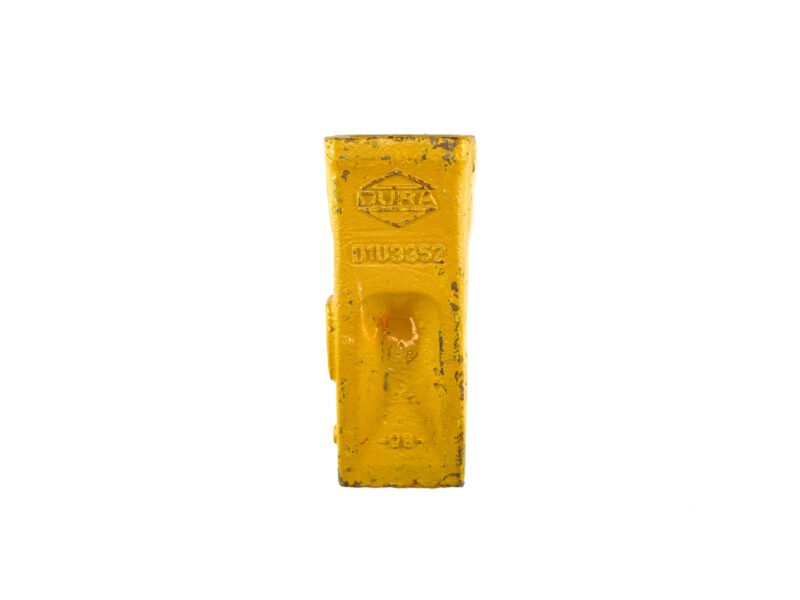
Short Tooth – These centerline short teeth are best suited for high-impact or rock-prying projects where a standard long or tiger tooth would normally see breakage issues.
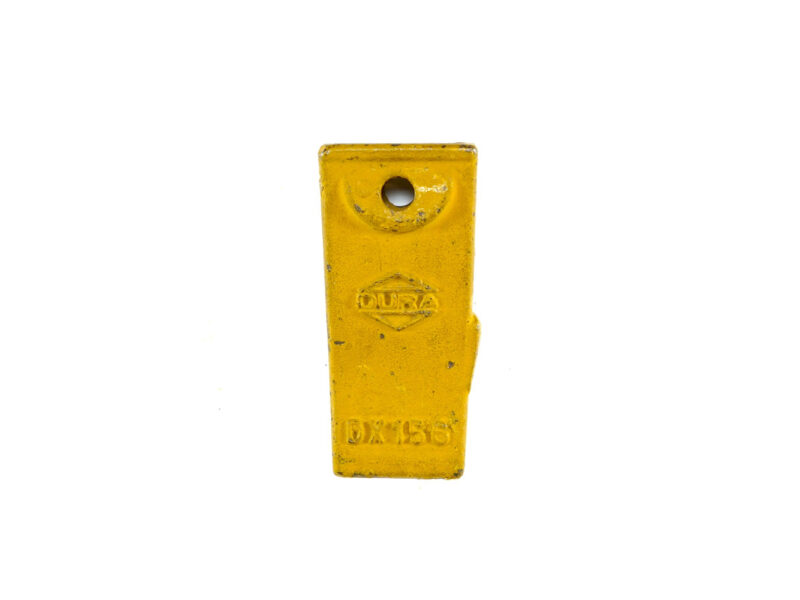
Single Tiger & Twin Tiger – Also called single pick and twin pick, these teeth prioritize penetration over wear life and is best for harder materials such as quarry shot rock, sedimentary rock, or anywhere frozen ground is encountered. These are used when penetration is the most important goal.
We have a lot of customers who use single tiger in the middle positions to concentrate the machine’s power in a smaller targeted area where you need to fracture difficult digging environments and then go with twin tigers on the corner positions to help protect the sides of the bucket.
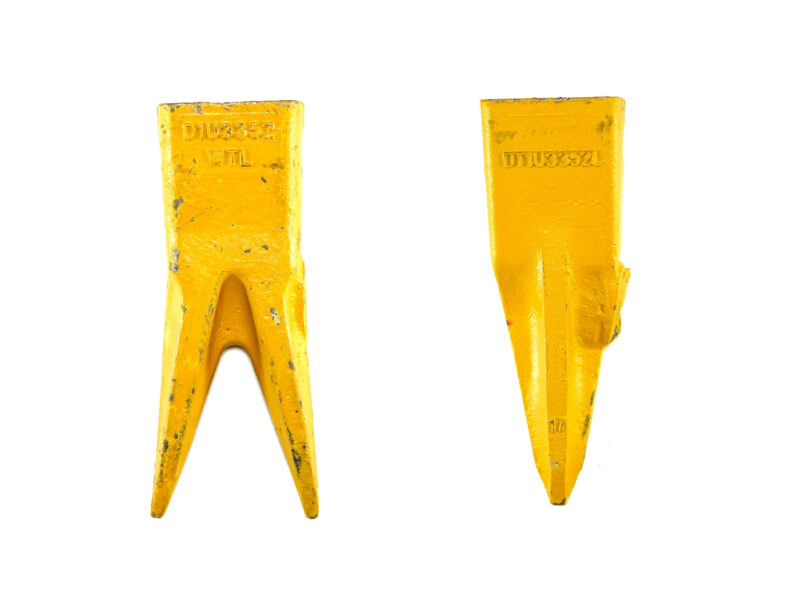
Penetration Tip – Although similar to tiger teeth, these are more bluntly shaped, making them a more balanced option between wear and penetration. Usually used on excavators, the sharp pointed end is a great option for trenching and digging in rock, allowing rocky or frozen material to be collected with less fuel consumption and hydraulic breakout force.
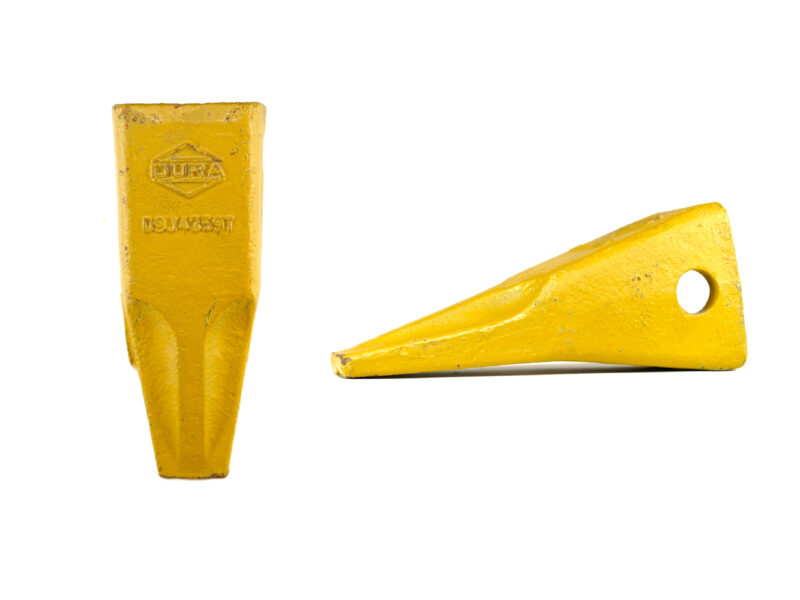
Penetration Plus Tip or Rock Chisel – These centerline chisel-tipped teeth have center ribs for penetrating dense materials like clay. They provide decent penetration but are shaped to have more abrasive wear resistance over tiger or standard penetration teeth. The single center rib also sharpens as it wears.
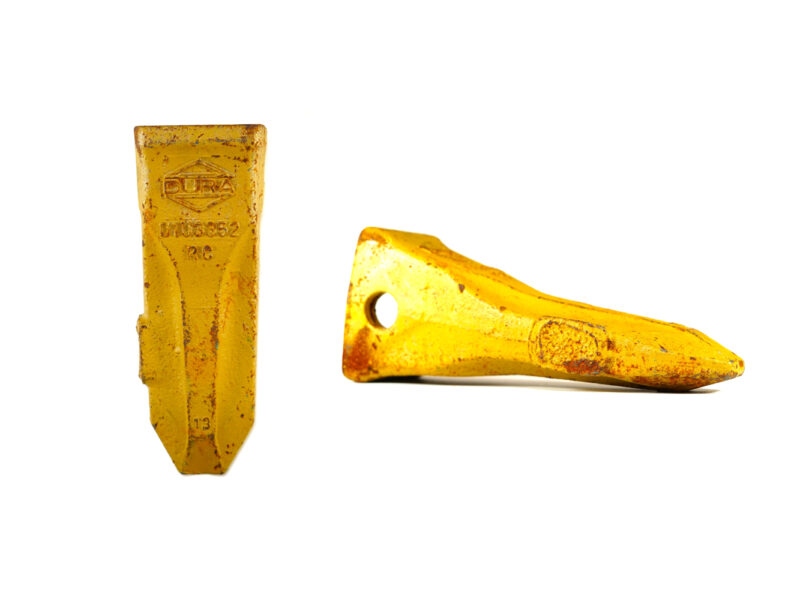
Heavy Penetration Tip or Rock Penetrator – Almost always used with loaders, this profile has additional wear at the base to provide longer wear life. Its chisel-tip is better for penetration of material and rock piles when loading.
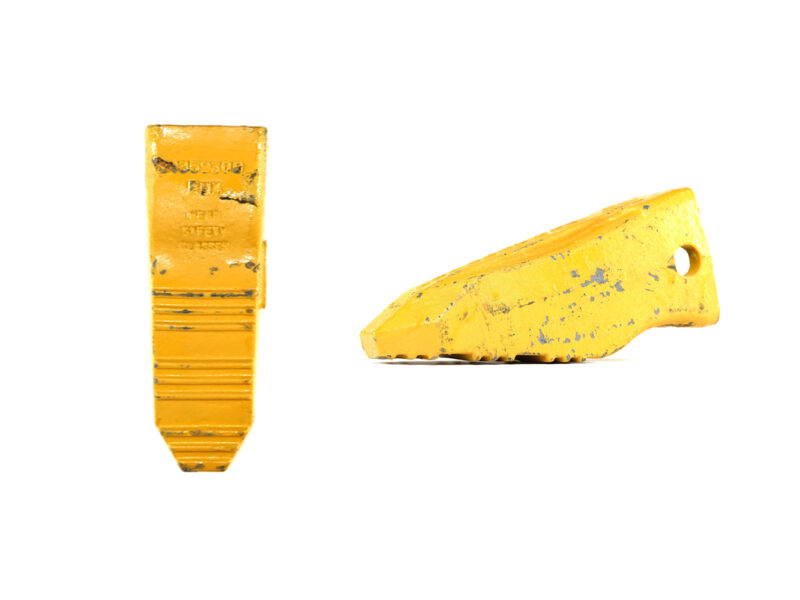
Abrasion Tip or Heavy Abrasion – The wear material on this type of profile is concentrated on the bottom of the tooth, allowing more surface area and wear material in a targeted zone where it can be consumed rather than thrown away. On loaders, the bottom of the tooth is always on the ground so 90% of the wear is coming from the bottom up. This style works best where penetration is less of a concern – like a loader feeding a crusher. It’s an excellent option where you have loose, non-compacted material that is very abrasive.
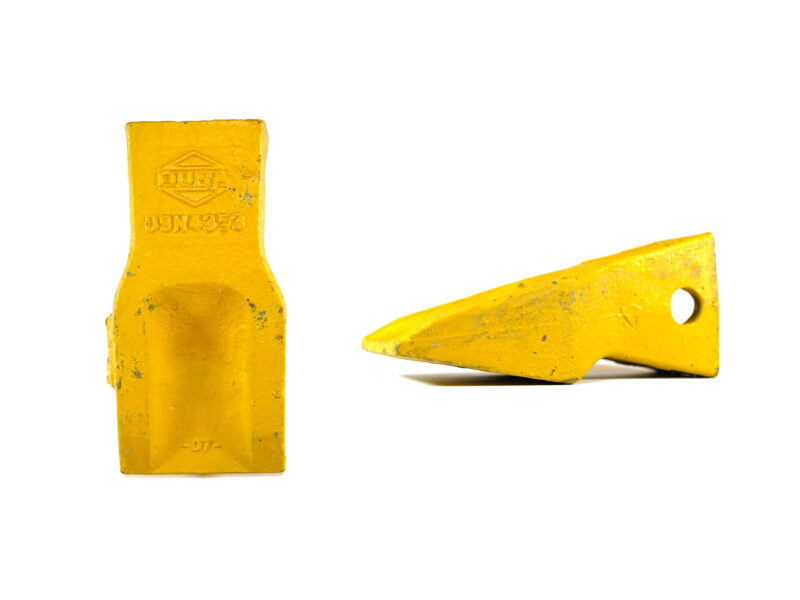
Flare Tooth – This tooth profile is very flat and very wide at the tip. They are used for light to moderately abrasive/impact conditions. It’s a more specialized shape that is preferred by excavator operators who desire a smooth surface when trenching.
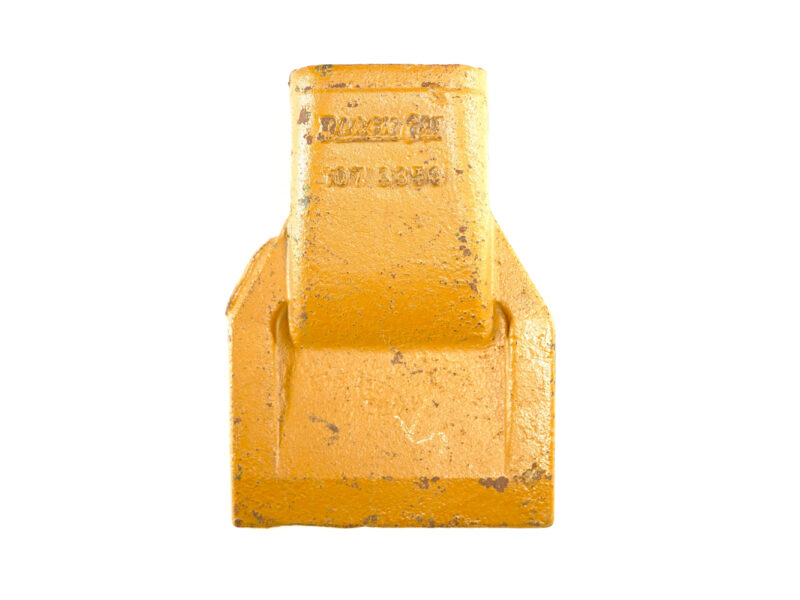
Hardness and Impact Strength
Finally, the last factor to consider is the material of the tooth. Harder material is not always the best material for a given application. If your bucket teeth or adapters are often breaking, yet you are certain that your bucket teeth are being used properly, there is a chance you could be using teeth that are just the wrong material. This could mean inferior soft alloy, or on the other extreme of the scale, the material might be too hard!
Though harder usually means better in the wear parts industry, when it comes to teeth, being too hard can also make a tooth too brittle. To avoid this, it is important to balance impact resistance and wear resistance. The best brands of teeth do this in their products through painstaking metallurgical testing and the use of highly-controlled casting and machining environments.
To get the best information on this, be sure to ask your supplier about the mechanical properties of the teeth or how they are made. The best brands will have this info available to the customer.
Here’s a look at some common tooth materials and what they mean for tooth selection …
Some teeth are made from cast austempered ductile iron (ADI). These are alloy materials combined with special heat treating and casting techniques that allow for stronger but lighter teeth. These hardened teeth are used for high-abrasion and high-impact projects on loaders, backhoes and excavators. Ductile iron abrasion teeth can operate under extremely abrasive conditions such as sliding sand, gravel and large rock.
Pull-scrapers, backhoes, skid loaders and smaller excavators can use forged teeth. Forging creates higher strength teeth compared to traditional cast teeth. These bucket teeth are created with carbon, nickel, chromium, and molybdenum steel alloys that provide a balance between abrasion and impact resistance. This forging process can only manufacture smaller teeth but it does allow for higher tensile strength and more durability than standard cast ductile iron teeth in these smaller sizes.
Lastly, mid-size excavators and wheel loaders are all able to use standard duty cast teeth. If you are looking into more general-use standard teeth, nickel-moly-chrome alloy steel is a good economical option and is what most general-purpose teeth are made from.
This all to say that the chemistry in the teeth does vary and can have a bigger effect than most users realize.
In Summary
In general, the better you are able to fit your bucket teeth to the given situation, the better the outcome will be. Tooth change-outs can be increasingly more expensive as production and steel costs rise, and the more you change your bucket teeth, the more downtime you create.
When purchasing new equipment, it will often include teeth that are not necessarily the best fit for whatever project you are working on — meaning you might need to replace them straight away to optimize your productivity.
Utilize the tips and information above, and if you need more help, reach out to experts like Cutting Edge Supply.
